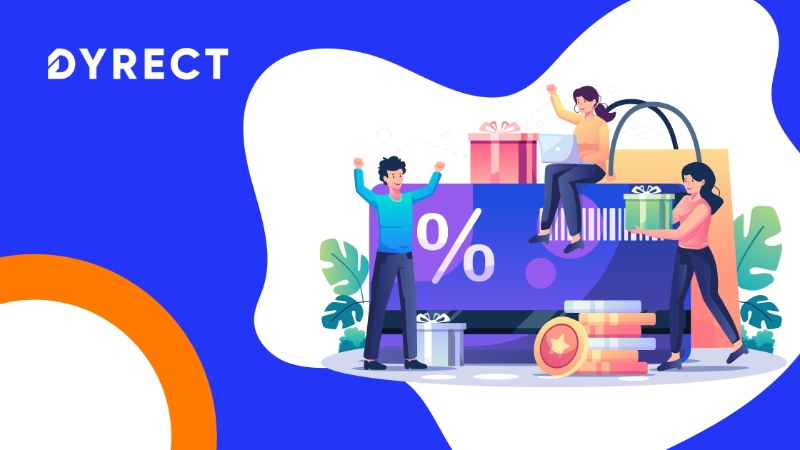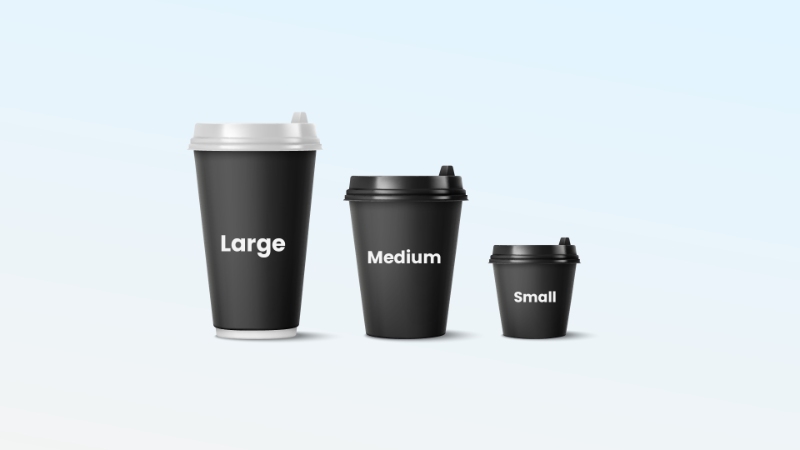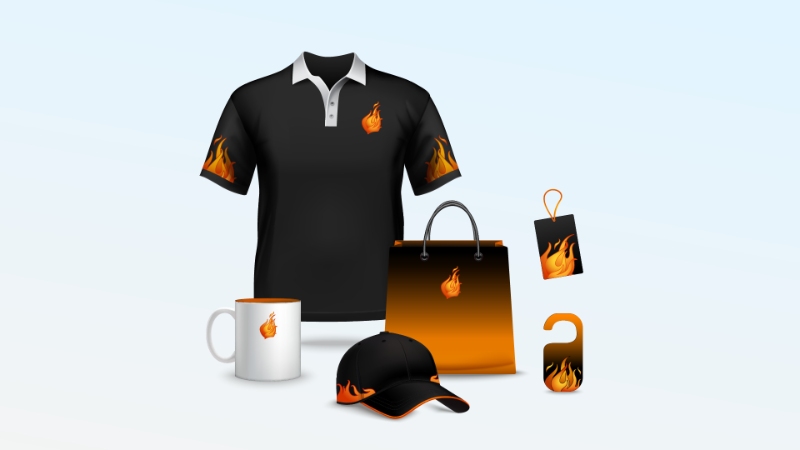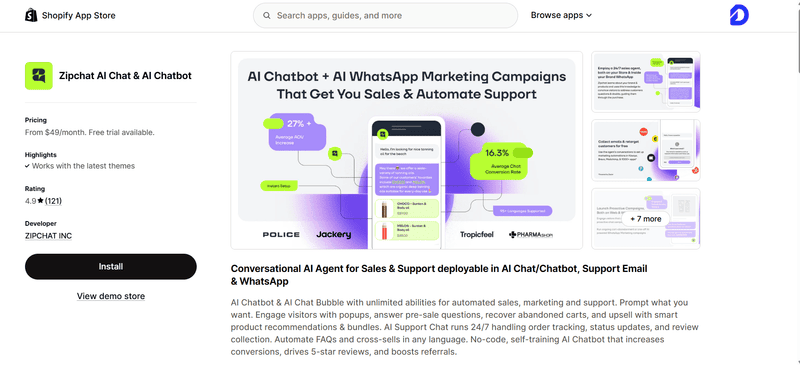
Here’s a situation all of us can relate to. You go to your favorite restaurant or coffee shop, a place you’ve been visiting for years. Everyone knows who you are, and you don’t even need to bother ordering, because the staff knows what you like. And while you may grumble when their prices increase every now and then, you still end up going back there.
This is a perfect example of customer loyalty in action. Loyal customers are the backbone of every successful business, and building that customer base for your business ought to be one of your top priorities.
Here’s a detailed look at customer loyalty and how you could build a loyal customer community around your brand.
What is customer loyalty?
A good place to begin is by defining what customer loyalty is. While there are plenty of definitions floating around the internet, we’d like to think of customer loyalty as an emotional connection a customer feels with their favorite brand.
This emotional bond encourages customers to engage with the business often (everyday in some cases), and to make repeat purchases.
What is the impact of customer loyalty?
Okay, so we now know that customer loyalty drives repeat purchases. But what impact does customer loyalty actually have on a business? Here are some stats to put things in perspective.
1. Loyal customers are what customer retention is all about. A 2020 Harvard Business School report stated that businesses who managed to increase customer retention by 5% saw an increase in profits by 25% to 90%.

2. Here’s an example of how customer loyalty can positively affect revenue. A 2019 study showed that 90% of all Apple iPhone users were waiting eagerly to buy the next model as soon as it launched. And 2019 saw 187.7 million iPhones sold globally.
3. Retaining a loyal customer will cost you 5 times less than bringing in a new customer will.
4. Did you know that 43% of all customers are likely to spend more if they are loyal to a business?
5. Here’s another example of how customer loyalty drives revenues. An existing customer is 50% more likely to buy from your brand again, and spend 30% more than they did the previous time.
6. Loyal customers become your brand ambassadors for free! They are bound to talk to their friends and families about their favorite brand, and bring you new business to boot.
If we had to simplify the learning from these stats, here’s what we’d learn.
Loyal customers increase profits and revenue.
Loyal customers cost less than new ones do.
Loyal customers have a higher lifetime value.
Loyal customers help businesses grow.
How do you build a solid customer loyalty strategy?
Now that we know how beneficial loyal customers can be, let’s dive right into how you could go about building a solid customer loyalty strategy for your business.
1. Define your ICP
For the uninitiated, ICP stands for Ideal Customer Profile. Simply put, your ICP is a profile of your brand’s ideal customer.
Here’s why defining your ICP is important. When you build customer loyalty, you cannot do it without knowing who your ideal customer is.
This is because your product or service will not be of use to everyone. But once you know which demographic can benefit from your product or service the most, it becomes easy to target those people and build a community around your brand.
2. Define your branding and messaging
Once you’ve defined your ICP, build your branding and messaging language to address the pain points, needs and lifestyle of that demographic.
For example, Lululemon know that their target audience are those who live or want to live an active lifestyle. So how do they build a community around their brand?
They do this by organizing fitness festivals and free sessions to promote the lifestyle more than the brand itself. Of course, everything in these events carries their branding, so recall value automatically gets built, as does customer loyalty.
3. Shape your product for the ICP

Any other key factor that helps shape an awesome customer loyalty strategy to work on your product to cater to that ICP instead of building a one-size-fits-all offering.
Let’s use two examples to illustrate this, starting off with one closer to home that we can all relate to. One of the main reasons we all visit our favorite coffee shops is because the barista knows how we like to drink our favorite beverage, and customizes it for us without us even having to ask for it every time.
Let’s look at the second example. Sporting footwear brands like Asics know their target ICP is anyone who plays a sport or lives an active lifestyle. But instead of just making comfortable shoes, they make different types of shoes to address different needs.
This is why they make different shoes specifically for people who lift weights, while also having models for walking, running, playing tennis and more. In fact, they even have shoes designed only for flat-footed people who like to walk to keep fit.
When brands recognize the needs of their target market and build products to answer those specific needs, they are bound to build a customer base that keeps coming back to them for more.
4. Pay attention to your brand’s customer experience
Be sure to maintain consistent branding and language throughout all the touch points you use to engage with your target customers. These touchpoints could include emails, social media platforms, brick-and-mortar stores, and marketing collaterals.
Creating a consistent experience across all these channels ensures your customers have an elevated customer experience and increases brand recognition, both of which go a long way in ensuring customer loyalty.
A great example of this concept in practice is the brand loyalty Under Armour has created for themselves. The sporting brand did this by paying attention to the details their customers put in while creating a profile online, and using those details to personalize customer experiences both online and in their stores.
As a result, the brand enjoys a startling 83% brand loyalty! This statistic contributes to as much as 21% of all people in the USA who use sporting brands.
5. Ensure a great post-purchase experience
Remember, a customer’s relationship with you may only begin when they make that first purchase, but keeping that relationship happy boils down to their post-purchase experience.
There are many things that go into creating an awesome post-purchase experience. Here are some handy tips to get you started.
Celebrate that first sale by sending them a congratulatory message and/or email. Make them feel like they’re a part of something bigger than themselves, a community of kindred spirits.
Ensure branding consistency throughout the post-purchase experience as well.
Look out for feedback and reviews, and use them as opportunities to build goodwill with your customers.
Put that all-important first-party data to good use. Stay in touch with your customers using emails, messages and social media. While this data is a great upselling and cross-selling aid, something as simple as sending them a birthday message will go a long way in building goodwill for your brand.
We at Dyrect specialize in helping our clients leverage technology to give their customers the best post-purchase brand interactions possible.
To begin with, we help you capture first-party data even if you sell your products on third party ecommerce sites. This is done by simply adding a QR code to your product packaging to help your customers register their products.
With this data, communicating with your customers becomes easier. We can help you build meaningful social media engagements and cross-selling opportunities using our no-cod builder.
We can even help you design omnichannel strategies to take your customer engagement to the next level. Book a call with our team today to learn more about how Dyrect can help grow your business.
6. Create a customer loyalty program
If you want to keep your customers loyal to your business, rewarding them for their loyalty is a good idea. And the best way to do this, is to create loyalty programs.
Loyalty programs reward regular customers in multiple ways. One example is issuing points with every purchase that can be used to either get a discount or redeemed against a product after a certain number of points have been earned.
Another example is giving loyalty club members special discounts and sneak peeks at new product releases.
Loyalty programs incentivize customers to keep coming back to their favorite brands and to continue spending money on the brand’s products and services.
7. Share brand swag

Another great way to incentivize loyalty is by giving loyal customers free branded swag. This swag could include stickers with your logo on it, tee-shirts, carry bags, among other things.
Branded swag helps create loyal customers in two ways. Customers are reminded of the business everytime they look at the swag. This creates brand recall, and reminds the customer of their experience with your brand.
Free swag also makes customers feel rewarded, and makes them feel like you really value their business.
8. Ensure unparalleled customer service
If you want to keep your customers loyal, ensuring top notch, on-brand customer service is absolutely essential. The point is to make customers know that their relationship with you is important even after that sale has been made.
While this does involve employing chat bots, email support, voice support and social media support, it also involves paying attention to feedback, and jumping on opportunities to proactively address negative experiences.
Proactive customer support reassures customers that you as a business have faith in your offerings and care for your customer’s sentiments even after a sale has been made.
A customer loyalty success case study: Under Armour
When we talk about customer loyalty, Under Armour's success in building a loyal customer base is the stuff of legend. The company has captured the hearts of close to 40% of all sportswear users in the USA. Here's a quick look at how.
Under Armour's Vision
Founded in 1996 by Kevin Plank, Under Armour's aim is to create top-notch performance apparel for athletes, focusing on innovation, quality, and authenticity.
How Under Armour built a loyal customer base
Let’s take a quick look at how Under Armour built a loyal customer base.
1. Personalized Customer Experience
Under Armour leverages data analytics to personalize recommendations, products, and marketing campaigns, creating meaningful connections with customers.
2. Community Engagement
Under Armour fosters a sense of community through events, sponsorships, and partnerships, building a loyal following of brand advocates.
3. Seamless Omnichannel Experience
Under Armour provides a consistent and convenient shopping experience across multiple channels, ensuring customer satisfaction and encouraging repeat purchases.
4. Loyalty Programs and Rewards
Under Armour's "UA Plus" loyalty program offers exclusive benefits, rewards, and tiered levels to incentivize customer loyalty.
5. Superior Product Quality and Innovation
Under Armour's commitment to excellence and innovation in athletic apparel solidifies its reputation as a trusted brand.
6. Social Responsibility and Sustainability
Under Armour engages in social responsibility and sustainability initiatives, aligning with customers' values and building loyalty based on shared beliefs.
7. Customer Feedback and Continuous Improvement
Under Armour values customer feedback to drive continuous improvement, enhancing products and services based on customer needs.
Conclusion
Under Armour's focus on empowering their customers through personalized experiences, community engagement initiatives, omnichannel interactions, top notch product quality, engaging loyalty programs and improvements based on customer feedback have built them a large, expanding and loyal customer base.
Build meaningful customer relationships with Dyrect
Building a loyal community around your brand may not happen overnight. But with the right strategies and perseverance, you are bound to see the value of building that community, as the pressure of bringing in new customers decreases and revenues continue to grow.
We at Dyrect can help you build those relationships by adding immense value to your customer’s post-purchase journey. And we understand that your business needs are unique.
This is why we have different plans to address the varying needs of our customers. Choose the plan that works best for you today, and let Dyrect help your business build a solid and loyal customer base.


